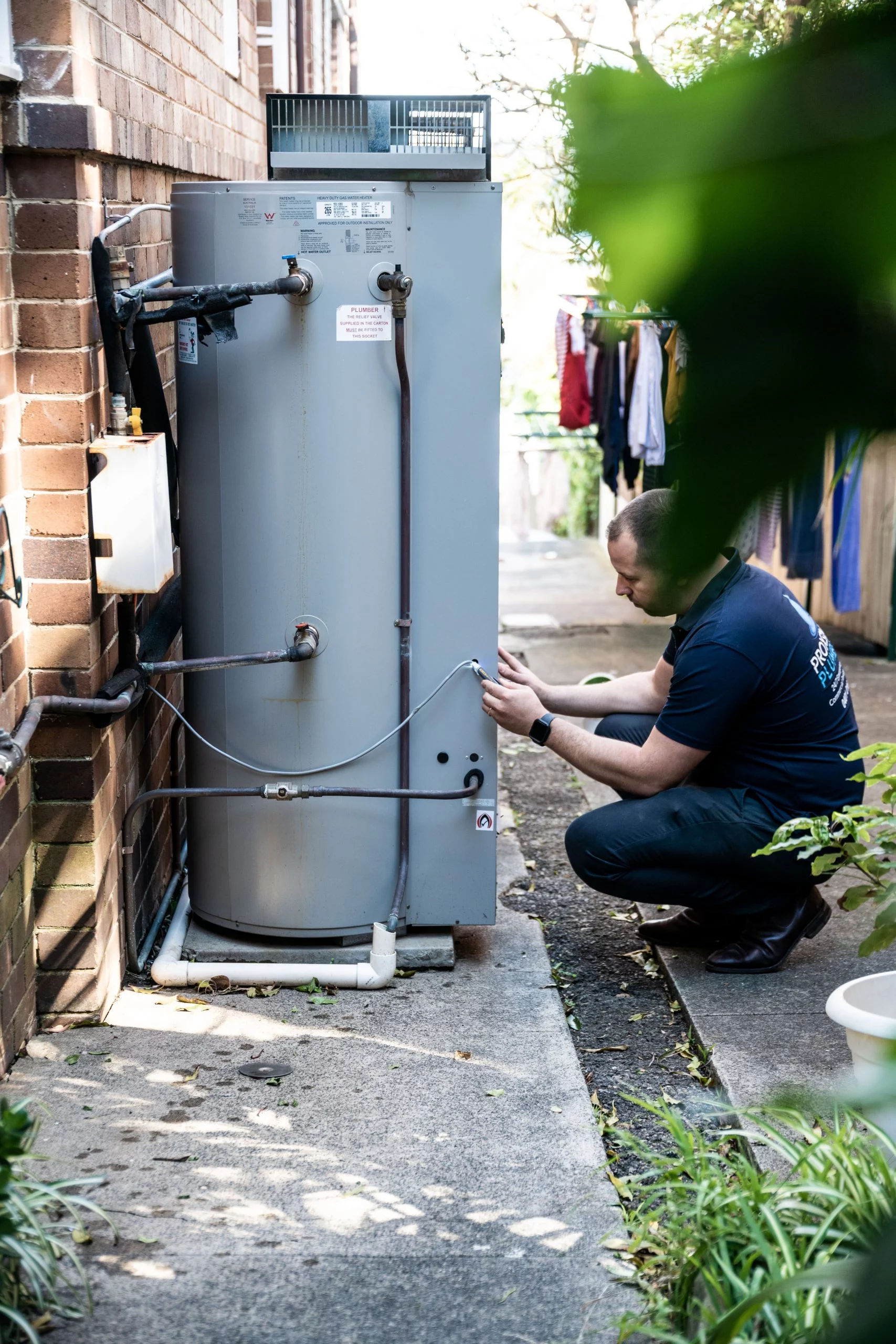Key Tips on Caring for Your Home's Hot Water SystemCaring for Your Home's Hot Water System: Key Guidelines
Key Tips on Caring for Your Home's Hot Water SystemCaring for Your Home's Hot Water System: Key Guidelines
Blog Article
We have noticed the article about How to Maintain a Hot Water Heater in a Few Simple Steps below on the web and concluded it made perfect sense to relate it with you here.

Warm water is important for day-to-day convenience, whether it's for a refreshing shower or washing dishes. To guarantee your hot water system runs successfully and lasts much longer, regular maintenance is key. This write-up provides functional tips and understandings on how to keep your home's hot water system to prevent disruptions and costly fixings.
Introduction
Keeping your home's hot water system could seem overwhelming, however with a couple of easy actions, you can ensure it runs smoothly for years to find. This guide covers whatever from recognizing your warm water system to DIY upkeep tips and understanding when to call in expert help.
Value of Keeping Your Hot Water System
Routine upkeep not only extends the life expectancy of your warm water system but likewise guarantees it operates effectively. Ignoring upkeep can bring about reduced effectiveness, greater energy expenses, and even premature failure of the system.
Indicators Your Hot Water System Requirements Upkeep
Knowing when your warm water system needs attention can prevent major issues. Keep an eye out for indications such as irregular water temperature, odd sounds from the heater, or corroded water.
Recognizing Your Warm Water System
Before diving right into maintenance tasks, it's helpful to comprehend the basic elements of your warm water system. Normally, this includes the hot water heater itself, pipelines, anode rods, and temperature level controls.
Monthly Upkeep Tasks
Routine regular monthly checks can help capture small problems before they escalate.
Purging the Hot Water Heater
Flushing your water heater removes debris accumulation, improving efficiency and lengthening its life.
Checking and Replacing Anode Rods
Anode poles avoid rust inside the container. Evaluating and changing them when worn is essential.
Inspecting and Adjusting Temperature Settings
Readjusting the temperature settings makes sure ideal performance and safety and security.
Do It Yourself Tips for Maintenance
You can execute a number of maintenance jobs yourself to keep your hot water system in leading condition.
Checking for Leakages
Regularly check pipelines and links for leaks, as these can bring about water damage and greater expenses.
Checking Pressure Relief Valves
Evaluating the pressure safety valve ensures it operates correctly and avoids excessive pressure buildup.
Insulating Pipelines
Shielding hot water pipelines lowers warm loss and can save power.
When to Call an Expert
While DIY maintenance is valuable, some problems require specialist know-how.
Complex Problems Calling For Specialist Aid
Examples consist of major leaks, electric troubles, or if your water heater is constantly underperforming.
Regular Professional Upkeep Conveniences
Professional upkeep can consist of comprehensive assessments, tune-ups, and ensuring conformity with safety requirements.
Verdict
Routine upkeep of your home's hot water system is crucial for effectiveness, long life, and expense financial savings. By adhering to these ideas and knowing when to look for professional help, you can make sure a trusted supply of hot water without unanticipated disruptions.
How to Maintain an Instant Hot Water Heater
Before tinkering with your hot water heater, make sure that it’s not powered on. You also have to turn off the main circuit breaker and shut off the main gas line to prevent accidents. Also turn off the water valves connected to your unit to prevent water from flowing into and out of the appliance. 2. When you’re done, you have to detach the purge valves’ caps. These look like the letter “T” and are situated on either side of the water valves. Doing so will release any pressure that has accumulated inside the valves while at the same time avoid hot water from shooting out and burning your skin. 3. When the purge valves’ caps are removed, you have to connect your hosing lines to the valves. Your unit should have come with three hoses but if it didn’t, you can purchase these things from any hardware or home repair shops. You can also get them from retail stores that sell water heating systems. Read the user’s manual and follow it to complete this task properly. When the hosing lines are connected, open the purge port’s valves. 4. You should never use harsh chemical cleaners or solutions when cleaning your unit. Make use of white vinegar instead. It should be undiluted and you’ll probably use about 2 gallons. 5. Now flush your water heater. This task should probably take about 40 minutes. We can’t give you specific directions for this because the procedure is carried out depending on the type, model and brand of your heater. With that being said, refer to the user’s manual. 6. When you’re done draining the unit, you have to turn off the purge port valves again. Remove the hosing lines that you earlier installed on each of the water valves. Put the valve caps (purge port) back in their respective places and be very careful so as not to damage the rubber discs that are found inside these caps. 7. Now that everything’s back in place, check your user’s manual again to find out how to reactivate your water heating system. 8. Once it is working, turn one of your hot water faucets on just to let air pass through the heater’s water supply pipes. Leave the tap on until water flows smoothly out of it. https://www.orrplumbing.com/blog/2014/september/how-to-maintain-an-instant-hot-water-heater/

I'm very eager about Tips For Maintaining Your Hot Water Heater and I'm hoping you enjoyed reading the new article. Are you aware of another person who is occupied with the niche? Feel free to share it. I love your readership.
Click Here Report this page